A must-read list: 25 Facts About Adoption To Melt Your Heart! There is a good chance you know someone who has been adopted, it might even be yourself!
Adoption happens across the world, both domestically and internationally, for many reasons. Compassion, infertility, or the avoidance of a hereditary disease.
Whatever the reason, adoption gives a second chance to children who are looking for their forever homes, and parents who want to share their love with their own children.
Biological or not, the bond between parents and children is special, perhaps made even stronger by the intense process that is adoption.
Whether you are looking into adopting yourself, or are just curious about what the process entails, here are 25 Facts About Adoption to Melt Your Heart.
Mixing it up
 https://www.factretriever.com/adoption-facts
https://www.factretriever.com/adoption-facts
Creating families
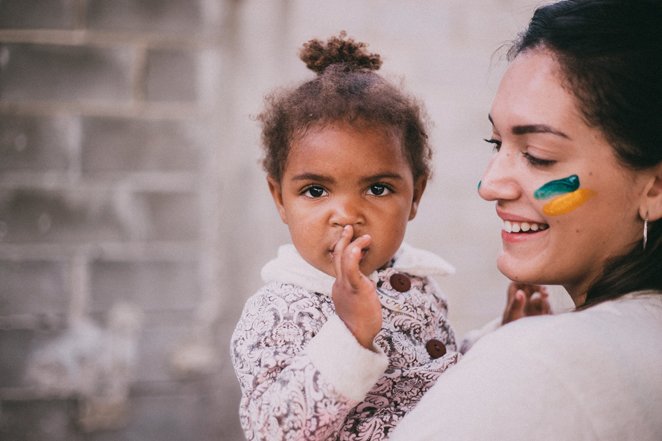 https://www.factretriever.com/adoption-facts
https://www.factretriever.com/adoption-facts Research has shone that if every one out of three American churches adopted a child, every child looking for their forever family would no longer be in need in the U.S.
Stories of hope
 https://www.factretriever.com/adoption-facts
https://www.factretriever.com/adoption-facts
Reasons why
 https://www.factretriever.com/adoption-facts
https://www.factretriever.com/adoption-facts There are many reasons families may decide to adopt, these include issues with fertility, wanting to avoid contributing to the overpopulation of the planet, and wanting to give someone a second chance at life.
Additionally, they may want to avoid passing on a hereditary disease, and even concerns over complications in pregnancy and birth.
From the beginning
 https://www.factretriever.com/adoption-facts
https://www.factretriever.com/adoption-facts
Roots
 https://www.factretriever.com/adoption-facts
https://www.factretriever.com/adoption-facts The 1978 Indian Child Welfare Act allows the tribe and family of a Native American child to be involved in adoption decisions and preference.
Similarities
 https://www.factretriever.com/adoption-facts
https://www.factretriever.com/adoption-facts The Colorado Adoption Project took a lot at genetic influences on adopted children and children were more similar to their adoptive parents in early childhood. However, adolescence saw their cognitive abilities mimicking that of their biological parents.
Close to home
 https://www.factretriever.com/adoption-facts
https://www.factretriever.com/adoption-facts
From Abroad
 https://www.factretriever.com/adoption-facts
https://www.factretriever.com/adoption-facts
Working together
 https://www.factretriever.com/adoption-facts
https://www.factretriever.com/adoption-facts The Hague Adoption Convention was established by many countries to help regulate international adoptions. It fights against trafficking and tries to make the process of finalizing the child’s citizenship in their new countries more quickly and easily.
A Big Heart
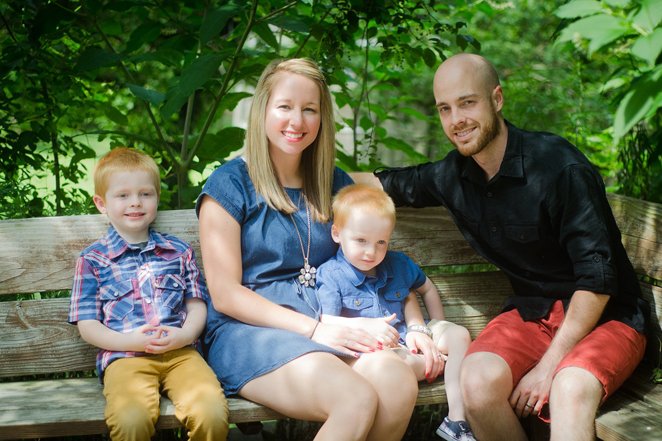 https://www.factretriever.com/adoption-facts
https://www.factretriever.com/adoption-facts Statistics show that American families adopt more children, not only internationally but also domestically, than the rest of the world combined.
On the rise
 https://www.factretriever.com/adoption-facts
https://www.factretriever.com/adoption-facts Adoption rose sharply between 1945 and 1974. Conservative sexual beliefs were changing, and science was stressing the importance of nurture over genetics, making adoption attractive and valuable.
Instinctual Behavior
 https://www.factretriever.com/adoption-facts
https://www.factretriever.com/adoption-facts Humans are not the only ones to adopt. Certain animal species, like the baboon, have been shown to take in infants whose mothers have died.
They are cared for by young adults within their social groups. Their adoptive parents care for them by grooming them, carrying them around, and protecting them.
Famous Adoptees
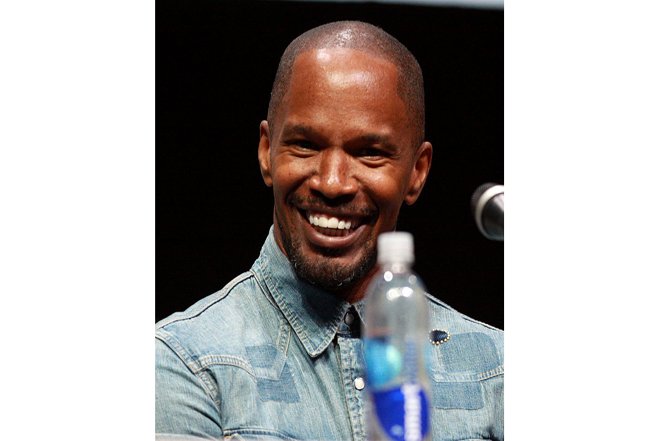 https://www.factretriever.com/adoption-facts
https://www.factretriever.com/adoption-facts
Open Adoptions
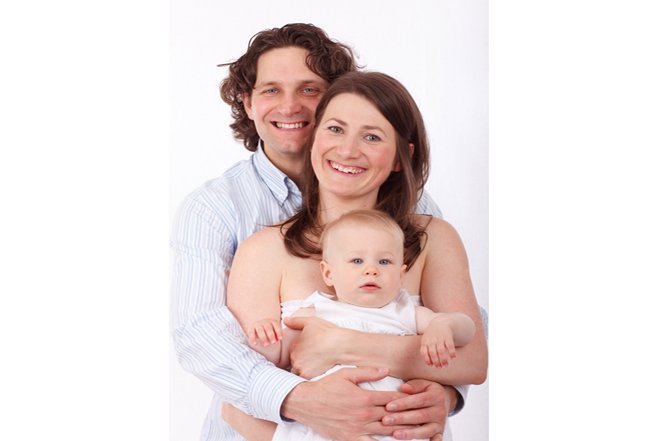 https://adoptionnetwork.com/adoption-statistics
https://adoptionnetwork.com/adoption-statistics
International Adoption
 https://adoptionnetwork.com/adoption-statistics
https://adoptionnetwork.com/adoption-statistics American citizens made 19,942 international adoptions in 2007. Since then, international agencies have become much more restrictive and lengthy, but that hasn’t stopped a rise in adoption numbers.
Becoming qualified
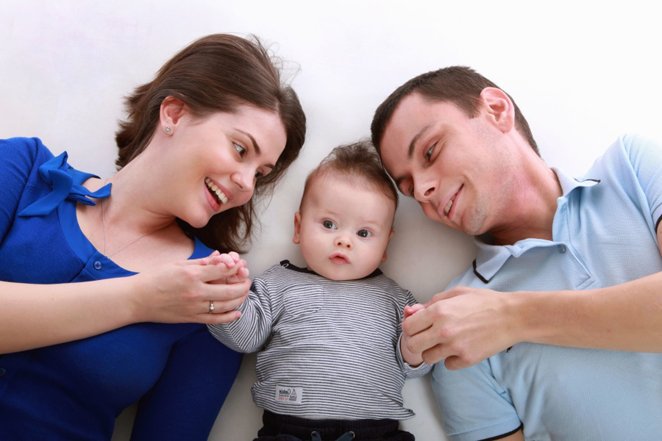 https://www.factretriever.com/adoption-facts
https://www.factretriever.com/adoption-facts Adoption agencies do not work with just anyone. A home study carried out by an agent can take anywhere from two to 1o months, and helps the applicants to be matched with a child whose needs they can support.
The process
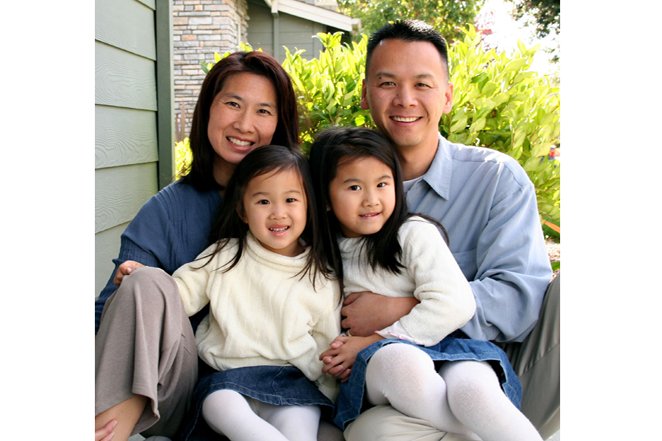 https://www.factretriever.com/adoption-facts
https://www.factretriever.com/adoption-facts
You will receive parenting training. A lot.
 https://www.holtinternational.org/adoption/
https://www.holtinternational.org/adoption/ Adoption agencies work with families to build relationships long after they are matched through the adoption system.
They want to make sure everyone is as prepared as possible so the process is smooth for all involved. You can except regular parental training and guidance through the process, so you never have to feel overwhelmed or alone.
The post-adoption process
 https://www.holtinternational.org/adoption/
https://www.holtinternational.org/adoption/
You get to travel!
 https://www.holtinternational.org/adoption/
https://www.holtinternational.org/adoption/ Adoption agencies are very thorough and very lengthy. Every international agency requires at least one visit to the physical location to meet with the child you are paired with.
So if you are looking overseas, make sure your passport or visa is up to date, and plan a trip out of it!
Adults can be adopted, too
 https://adoptionnetwork.com/adoption-facts
https://adoptionnetwork.com/adoption-facts Surprisingly, children are not the only ones open for adoption. In most states, people over the age of 18 may also be legally adopted.
Some states require that the adopting parent be at least 10 years older and married, but it’s a great opportunity for those who have aged out of the foster care system and have moved around too much to know stable, loving parents.
Birth parents have control over adoption
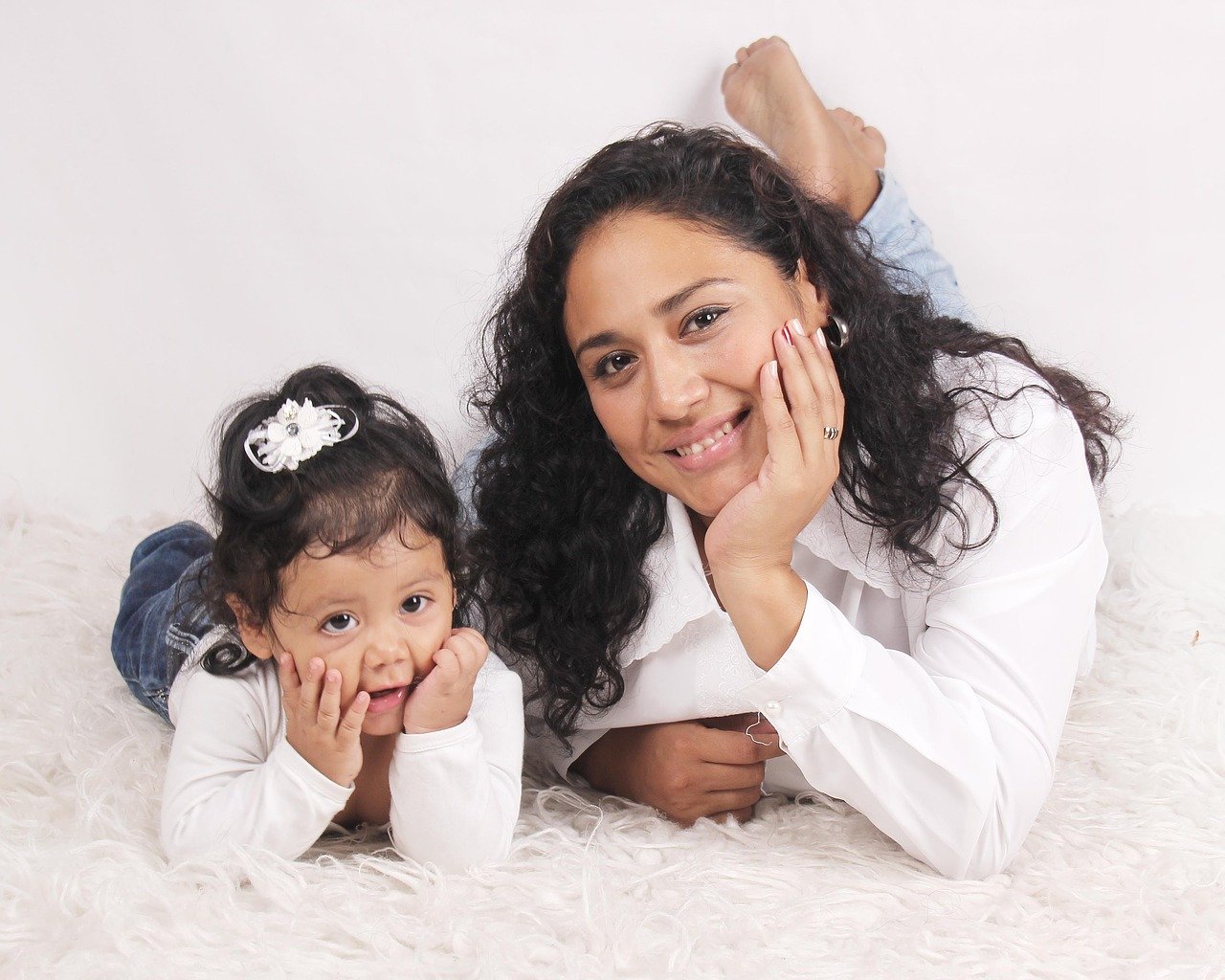 https://adoptionnetwork.com/adoption-facts
https://adoptionnetwork.com/adoption-facts
Families with their own children also adopt
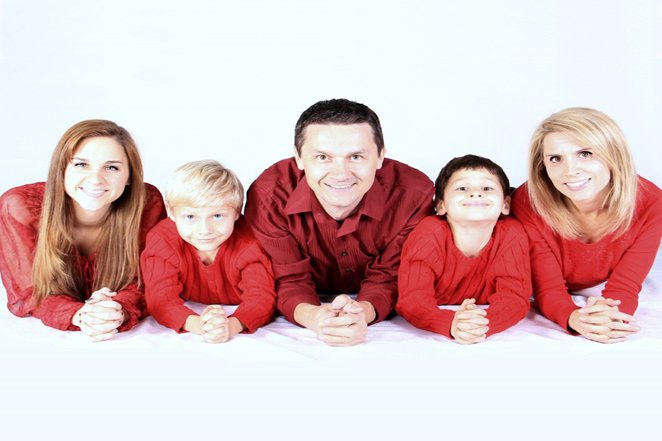 https://adoptionnetwork.com/adoption-facts
https://adoptionnetwork.com/adoption-facts It is not just families who are unable to conceive who adopt, but families with their own biological children, as well.
Growing a family with the help of an adoption agency takes work, and building bonds between adoptive and biological children can be a journey, but it is nothing that willing, loving parents cannot do.
Adopted children are your children
 https://adoptionnetwork.com/adoption-facts
https://adoptionnetwork.com/adoption-facts Some parents look to the adoption with apprehension, afraid that the child may not feel like their own.
However, they quickly find that raising and caring for a child is what makes them your own, not how you got them. Adoptive parents have a special kind of love for their children, as they are a miracle that never seemed possible until adoption.



























